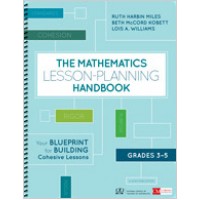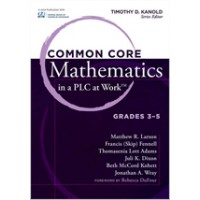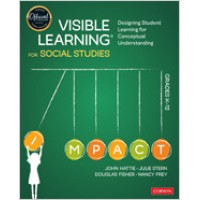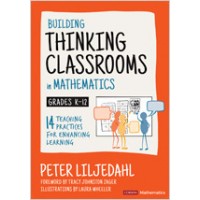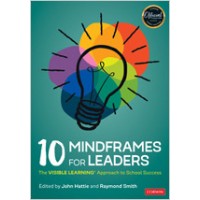Visible Learning for Mathematics, Grades K-12 What Works Best to Optimize Student Learning, Dec/2016
| Author(s) | John Hattie, Douglas Fisher, Nancy Frey, Sara Delano Moore, William Mellman |
| ISBN10 | 150636294X |
| ISBN13 | 9781506362946 |
| Format | Paperback |
| Pages | 304 |
| Year Publish | 2016 December |
Synopsis
Selected as the Michigan Council of Teachers of Mathematics winter book club book!
Rich tasks, collaborative work, number talks, problem-based learning, direct instruction…with so many possible approaches, how do we know which ones work the best? In Visible Learning for Math, six acclaimed educators assert it’s not about which one—it’s about when—and show you how to design high-impact instruction so all students demonstrate more than a year’s worth of mathematics learning for a year spent in school.
That’s a high bar, but with the amazing K-12 framework here, you choose the right approach at the right time, depending upon where learners are within three phases of learning: surface, deep, and transfer. This results in “visible” learning because the
effect is tangible. The framework is forged out of current research in mathematics combined with John Hattie’s synthesis of more than 15 years of education research involving 300 million students.
Chapter by chapter, and equipped with video clips, planning tools, rubrics, and templates, you get the inside track on which instructional strategies to use at each phase of the learning cycle:
Surface learning phase: When—through carefully constructed experiences—students explore new concepts and make connections to procedural skills and vocabulary that give shape to developing conceptual understandings.
Deep learning phase: When—through the solving of rich high-cognitive tasks and rigorous discussion—students make connections among conceptual ideas, form mathematical generalizations, and apply and practice procedural skills with fluency.
Transfer phase: When students can independently think through more complex mathematics, and can plan, investigate, and elaborate as they apply what they know to new mathematical situations.
To equip students for higher-level mathematics learning, we have to be clear about where students are, where they need to go, and what it looks like when they get there. Visible Learning for Math brings about powerful, precision teaching for K-12 through intentionally designed guided, collaborative, and independent learning.
About The Authors:
Dr. John Hattie has been Professor of Education and Director of the Melbourne Education Research Institute at the University of Melbourne, Australia, since March 2011. He was previously Professor of Education at the University of Auckland. His research interests are based on applying measurement models to education problems. He is president of the International Test Commission, served as advisor to various Ministers, chaired the NZ performance based research fund, and in the last Queens Birthday awards was made “Order of Merit for New Zealand” for services to education. He is a cricket umpire and coach, enjoys being a Dad to his young men, besotted with his dogs, and moved with his wife as she attained a promotion to Melbourne.
Douglas Fisher, Ph.D., is Professor of Educational Leadership at San Diego State University and a teacher leader at Health Sciences High & Middle College. He is the recipient of an IRA Celebrate Literacy Award, NCTE’s Farmer Award for Excellence in Writing, as well as a Christa McAuliffe Award for Excellence in Teacher Education.
Nancy Frey, Ph.D., is Professor of Literacy in the Department of Educational Leadership at San Diego State University. The recipient of the 2008 Early Career Achievement Award from the National Reading Conference, she is also a teacher-leader at Health Sciences High & Middle College and a credentialed special educator, reading specialist, and administrator in California.
Linda M. Gojak, Winner of the Presidential Award for Excellence in Science and Mathematics Teaching, She directed the Center for Mathematics and Science Education, Teaching, and Technology (CMSETT) at John Carroll University for 16 years. She has spent 28 years teaching elementary and middle school mathematics, and has served as the president of the National Council of Teachers of Mathematics (NCTM), the National Council of Supervisors of Mathematics (NCSM), and the Ohio Council of Teachers of Mathematics.
Sara Delano Moore is an independent mathematics education consultant at SDM Learning. A fourth-generation educator, her work focuses on helping teachers and students understand mathematics as a coherent and connected discipline through the power of deep understanding and multiple representations for learning. Sara has worked as a classroom teacher of mathematics and science in the elementary and middle grades, a mathematics teacher educator, Director of the Center for Middle School Academic Achievement for the Commonwealth of Kentucky, and Director of Mathematics & Science at ETA hand2mind. Her journal articles appear in Mathematics Teaching in the Middle School, Teaching Children Mathematics, Science & Children, and Science Scope.
William Mellman, Principal, El Toyon School, National City, USA

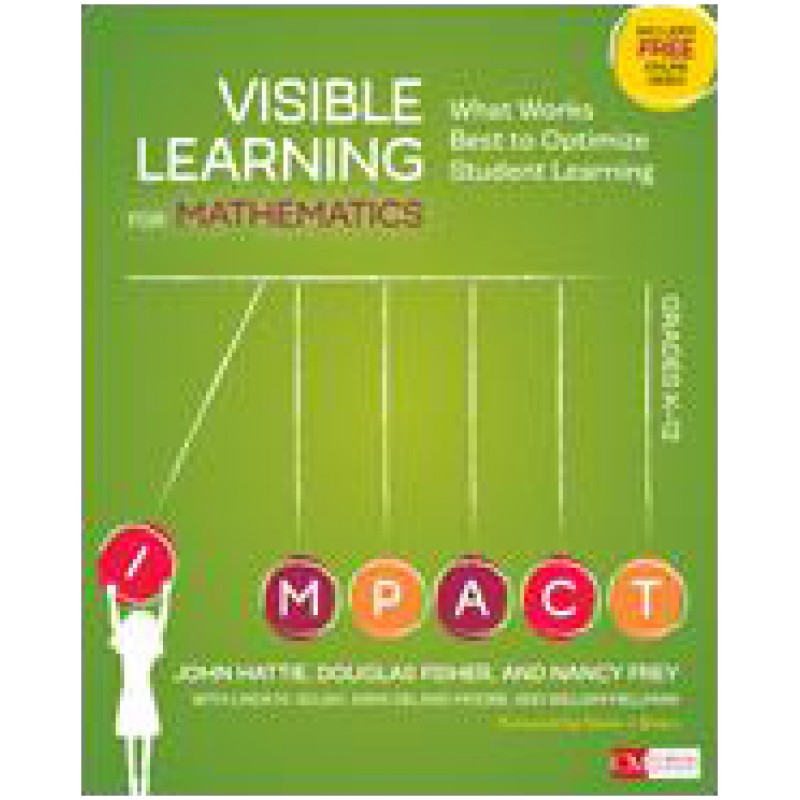
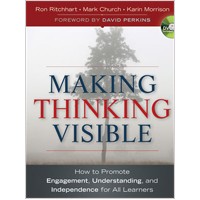
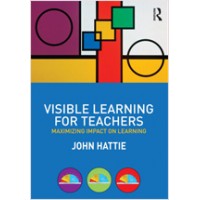
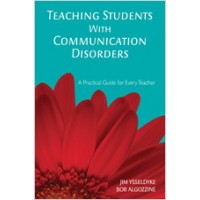
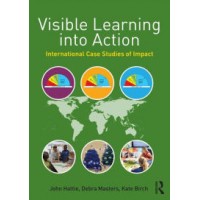
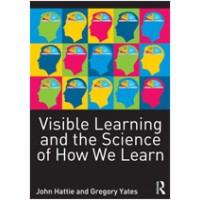
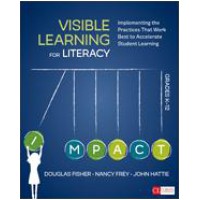
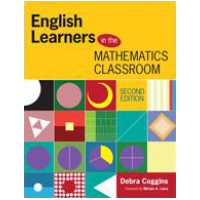
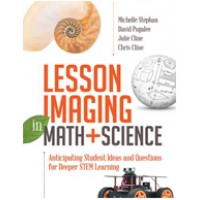
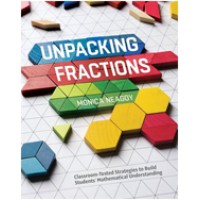
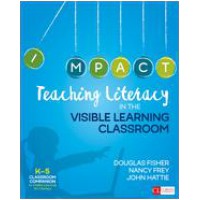
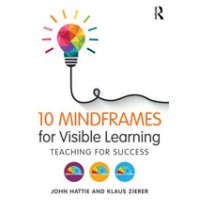
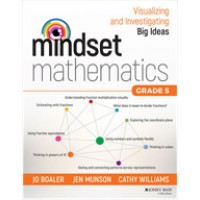
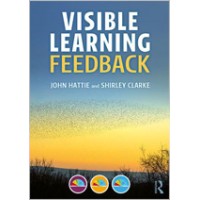
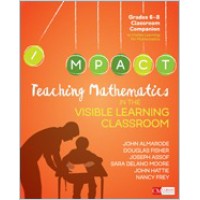
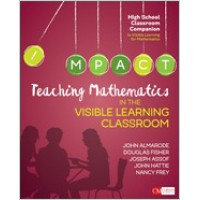
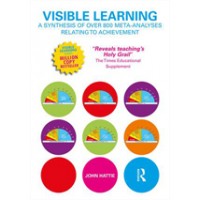
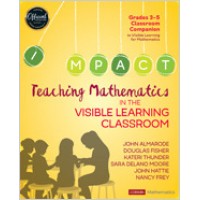
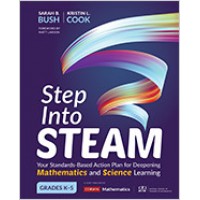
![The Five Practices in Practice [Middle School]: Successfully Orchestrating Mathematics Discussions in Your Middle School Classroom, May/2019 The Five Practices in Practice [Middle School]: Successfully Orchestrating Mathematics Discussions in Your Middle School Classroom, May/2019](https://www.cobee.com.sg/image/cache/data/9781544321189%20copy-200x200.jpg)
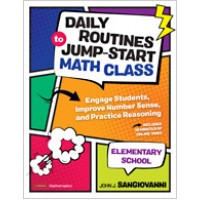
![The Five Practices in Practice [Elementary] : Successfully Orchestrating Mathematics Discussions in Your Elementary Classroom, Oct/2019 The Five Practices in Practice [Elementary] : Successfully Orchestrating Mathematics Discussions in Your Elementary Classroom, Oct/2019](https://www.cobee.com.sg/image/cache/data/9781544321134%20copy-200x200.jpg)
